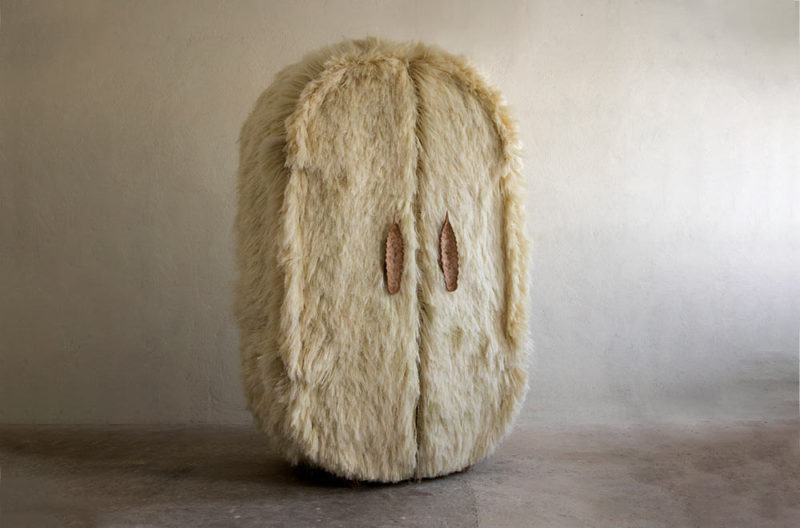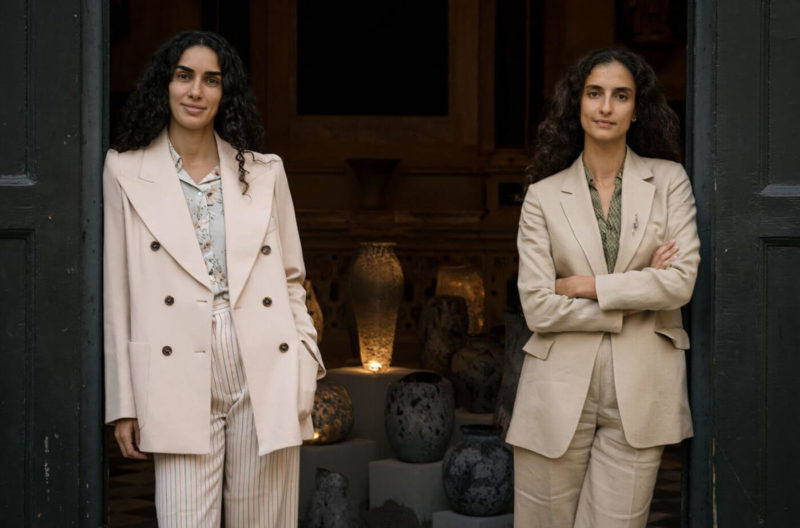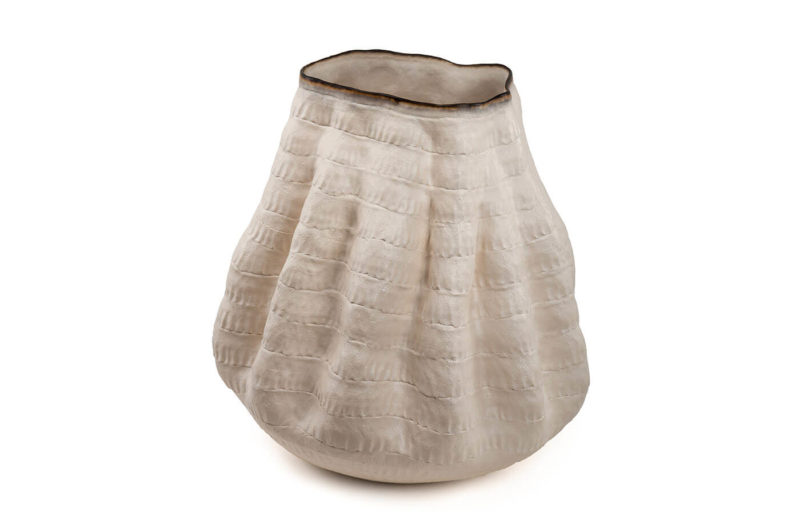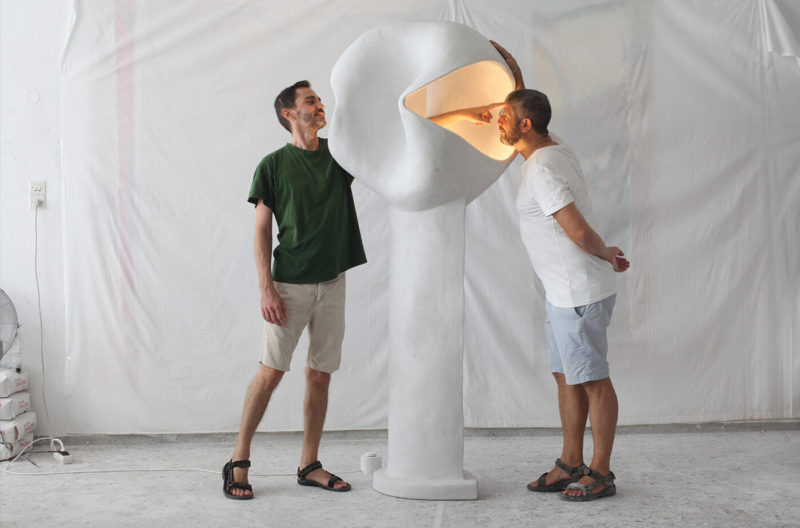Fernando Laposse
"Regeneration is about repairing – it’s not leaving things the way you found them; it’s bettering them."
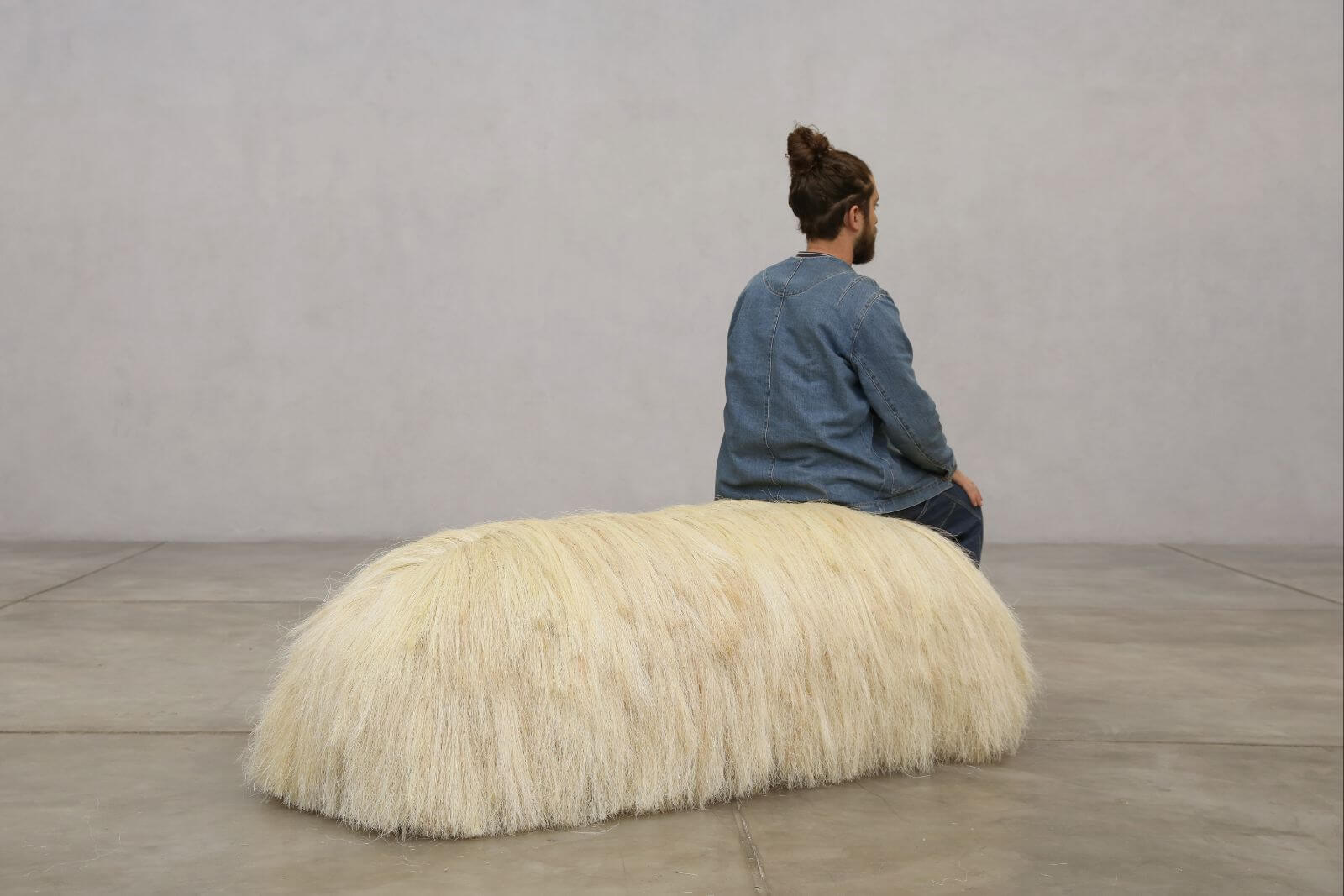
Fernando Laposse
COURTESY: Fernando Laposse & Sarah Myerscough Gallery
THE AGE-OLD QUESTION in design has been: Form over Function or Function over Form? But in 2022, between the climate crisis and growing social inequalities, designers now find themselves faced with a new question to jump-start their creative process: does a piece provide positive social or environmental impact?
Fernando Laposse is a Mexican designer who divides his time between London and Mexico City. His formative years were spent mainly between Mexico City and the indigenous Mixtecan village and community of Tonahuixla in Puebla, which is now a central pillar of his cooperative creative practice.
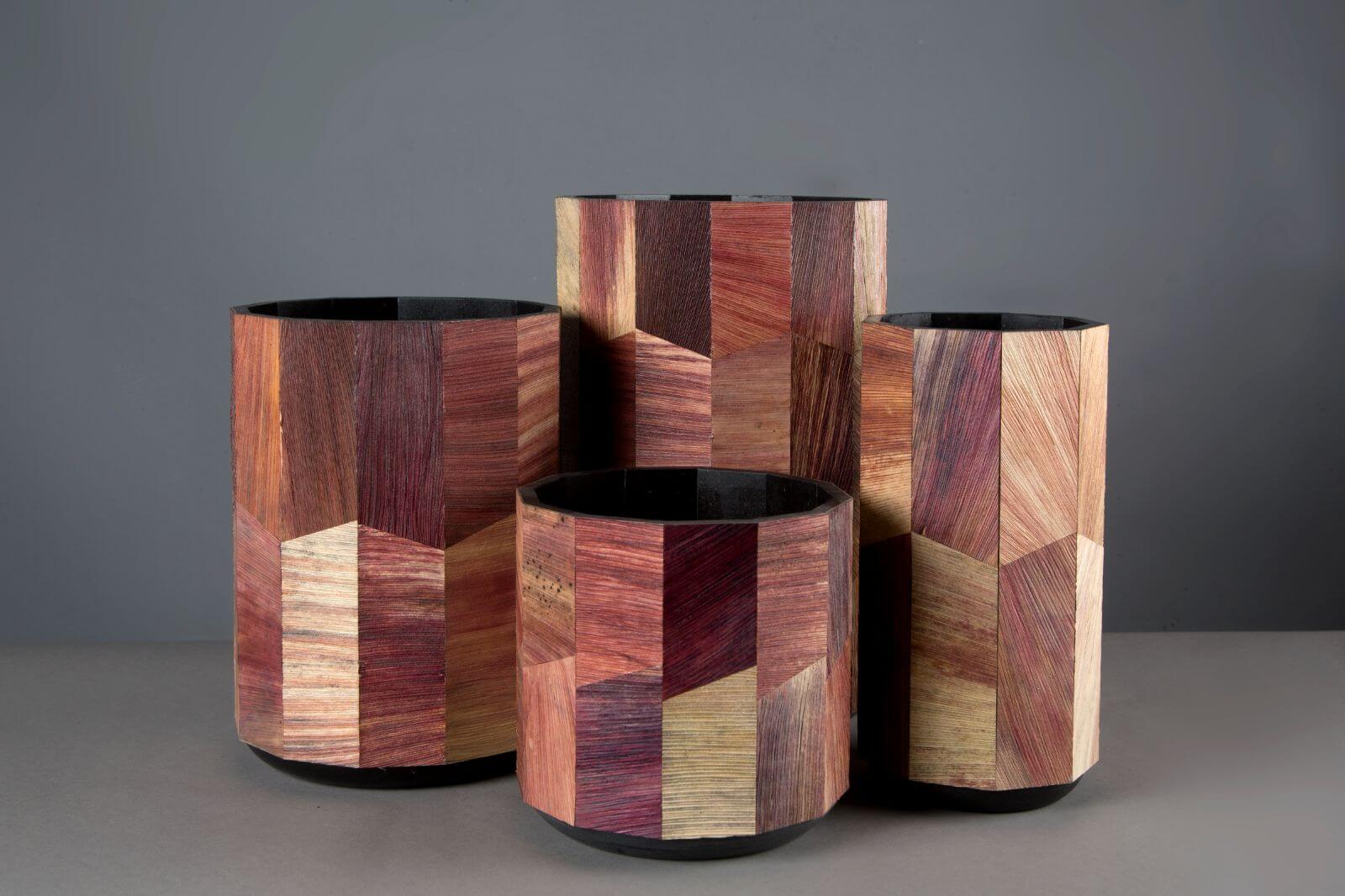
Fernando Laposse, ‘Toxomoxtle’ work
COURTESY: Fernado Laposse
Laposse’s work can be found in numerous locations, including temporary exhibitions at The Design Museum in London, the Triennale di Milano and Art Basel – as well as in the permanent collections of the V&A Museum and SFMOMA. Working within the realm of ‘regenerative design,’ he interweaves social and environmental problem-solving, neo-vernacular design, the possibilities of eco-capitalism and a unique, adaptable methodology. His beautifully handcrafted functional art pieces are designed with locally sourced natural materials such as sisal, cochineal natural dye, corn husk leaves and loofah.
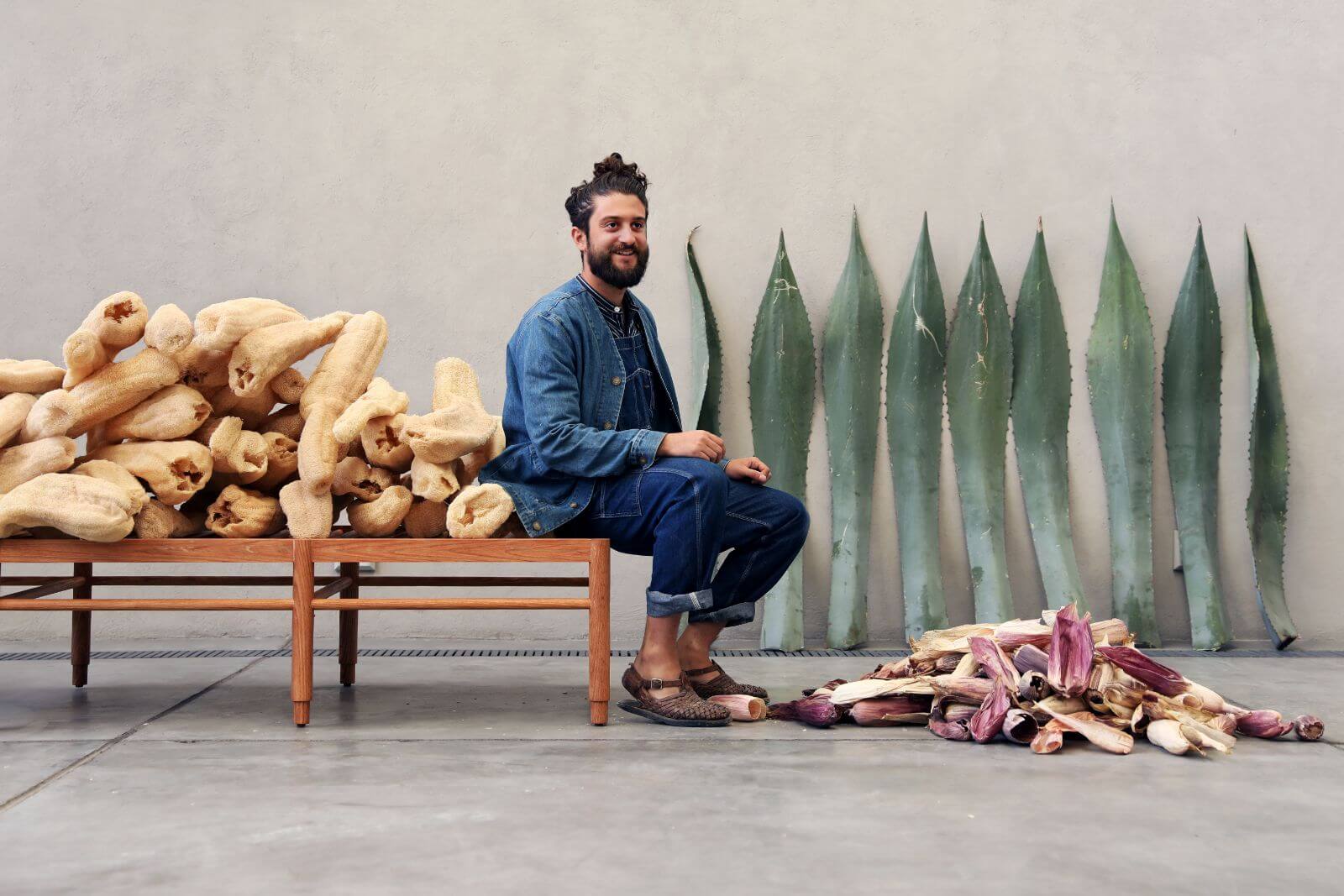
Fernando Laposse
COURTESY: Fernando Laposse & Sarah Myerscough Gallery
The world is too full of buzzwords, so Fernando and I began our conversation by attempting to define the term ‘regenerative design.’ He explains: “I mean sustainability: if you look at the most conventional definition, it’s about sustaining the resources we currently have, but I think we crossed that threshold. [Regeneration] is about repairing: it’s about creating more wealth of resources. It’s not leaving things the way you found them; it’s bettering them. It’s building systems that will be self-sufficient and can maybe be left alone afterwards.”
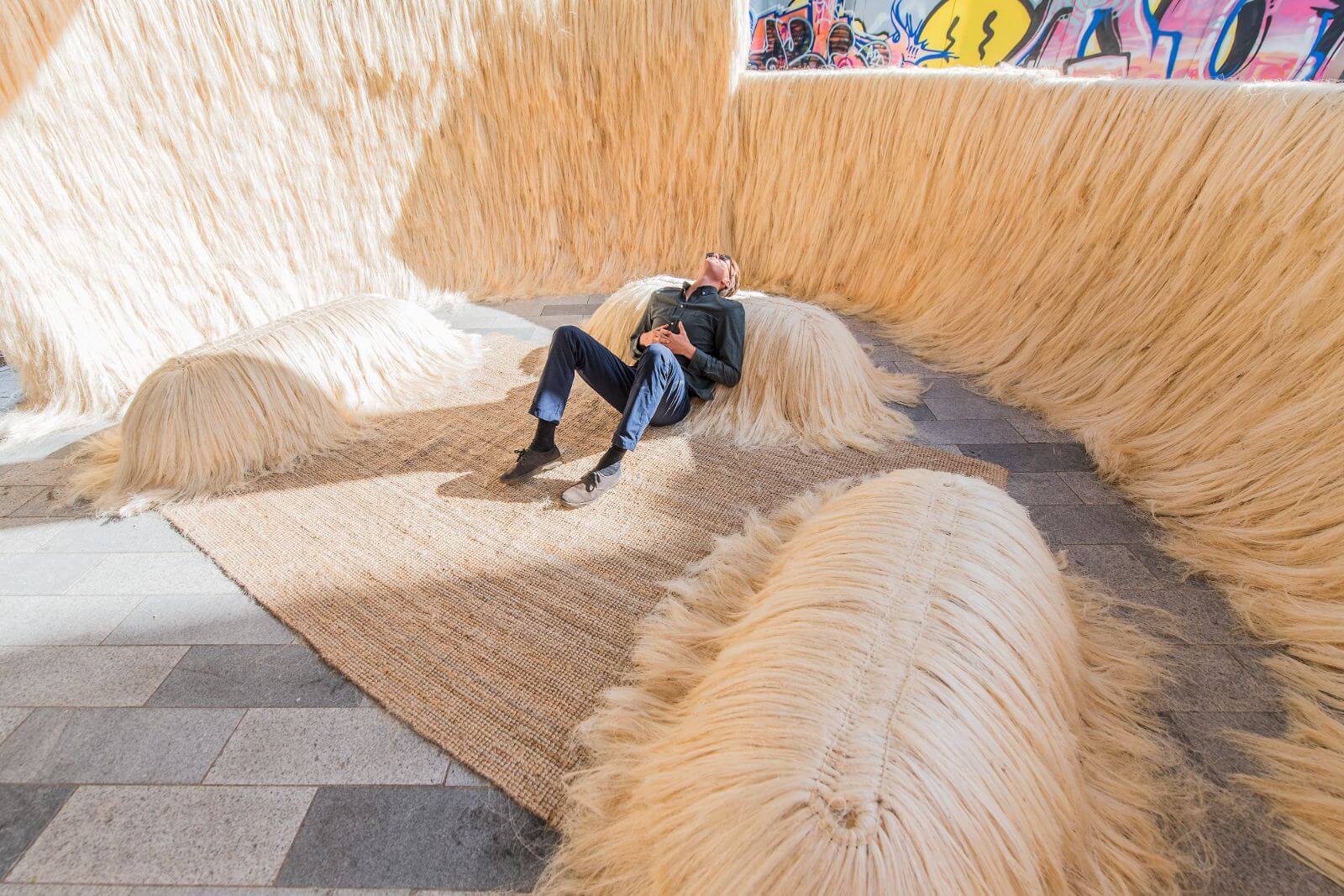
Fernando Laposse, ‘Sisal Sanctum’, at London Design Festival 2018
COURTESY: Fernando Laposse
It all started when Fernando finished his bachelor’s degree in Product Design at Central Saint Martins in London. This part of his education focused on industrial production methods, which left him yearning for the artisanal handmade approach and design philosophies of home.
A breaking point came: “I couldn’t come back home [to Mexico] for Christmas. I had to do a sugar glass event for an insurance company. It was just so crushing that the first thing I did when I got back to my studio was I broke all of my silicone moulds, which took me years to make and cost a fortune. But I was like, this will force me never to do this ever again.” He promptly applied to a design residency in Oaxaca to reconnect with his roots and get a much-needed break from London.
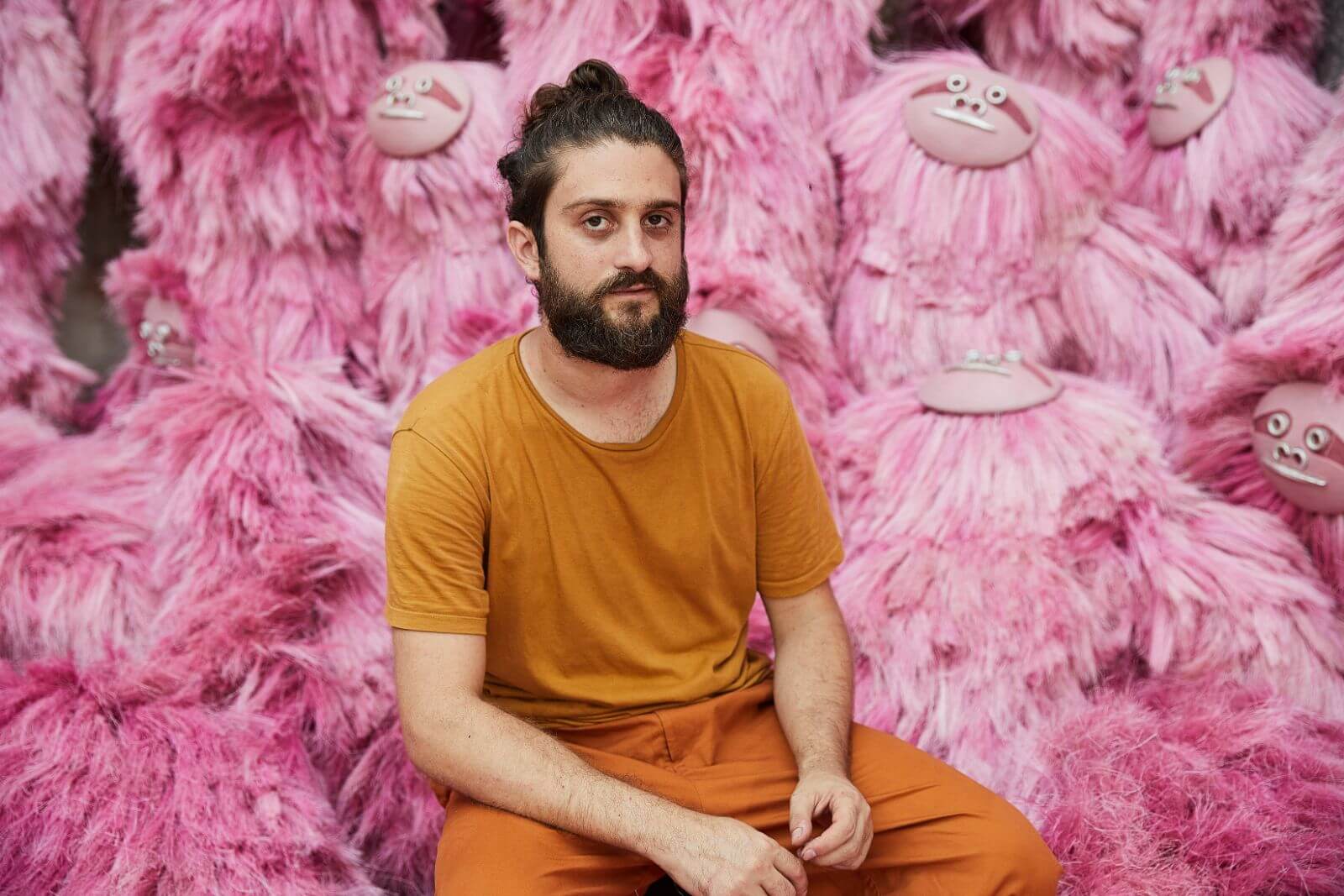
Fernando Laposse
COURTESY: Fernando Laposse / PHOTOGRAPH: Pepe Molina
In Oaxaca, he focused on the possibilities of various local materials. From one of them, the papery husk produced by indigenous Mexican corn species, he developed an entirely new artisan craft to create an architectural veneer, much like wallpaper, which he named ‘Totomoxtile.’
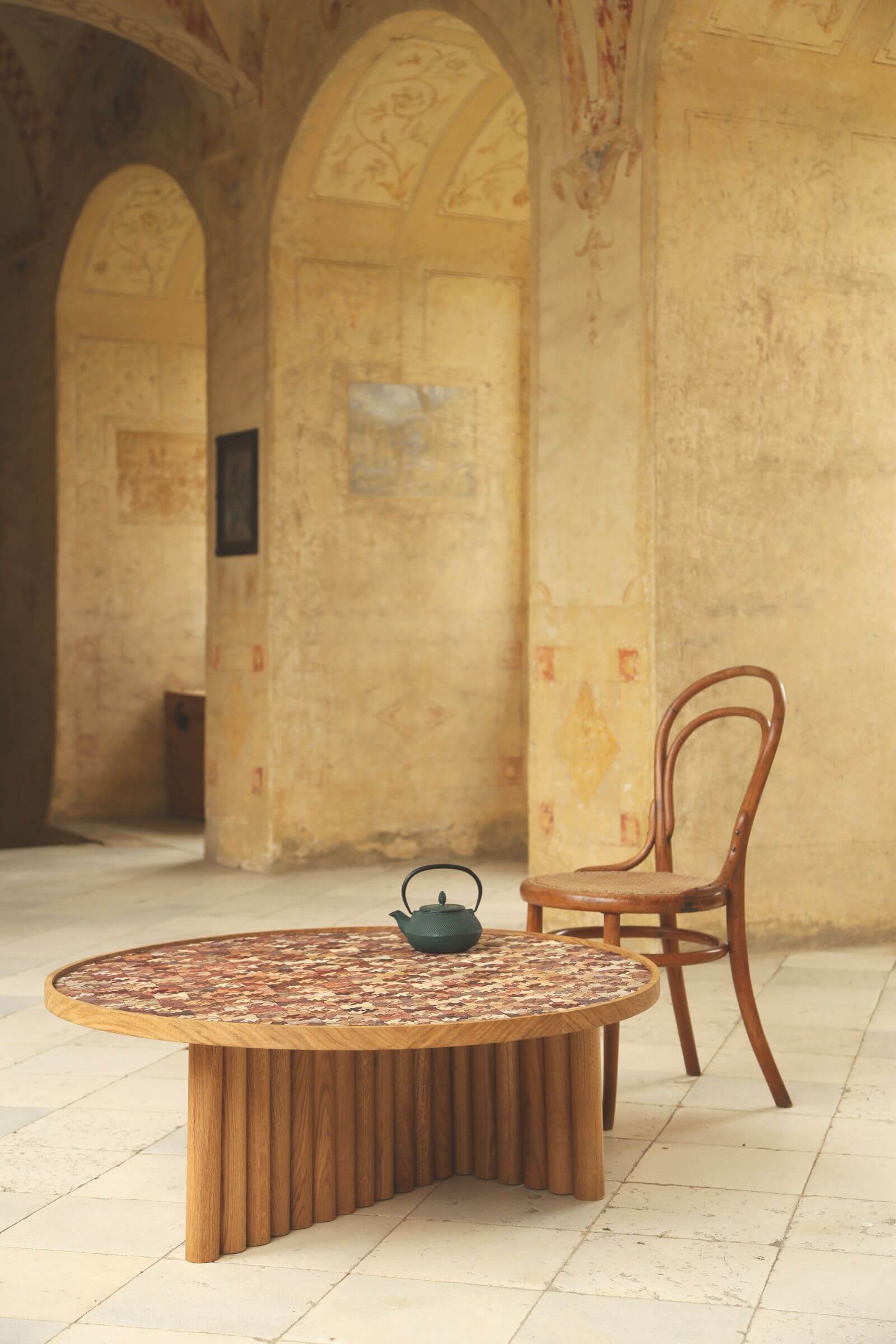
Fernando Laposse, ‘Totomoxtle Legacy Table’, 2019
COURTESY: Fernando Laposse
However, once the prototypes he developed were finished, he had exhausted his stock of colourful corn husks. He then remembered the vibrant magenta-hued husks of his childhood trips to Tonahuixla. He admits: “I was still thinking in a very kind of extractivist way. I was just thinking: I want to get my materials, take them to my workshop in London, and do a few pieces for the galleries.”
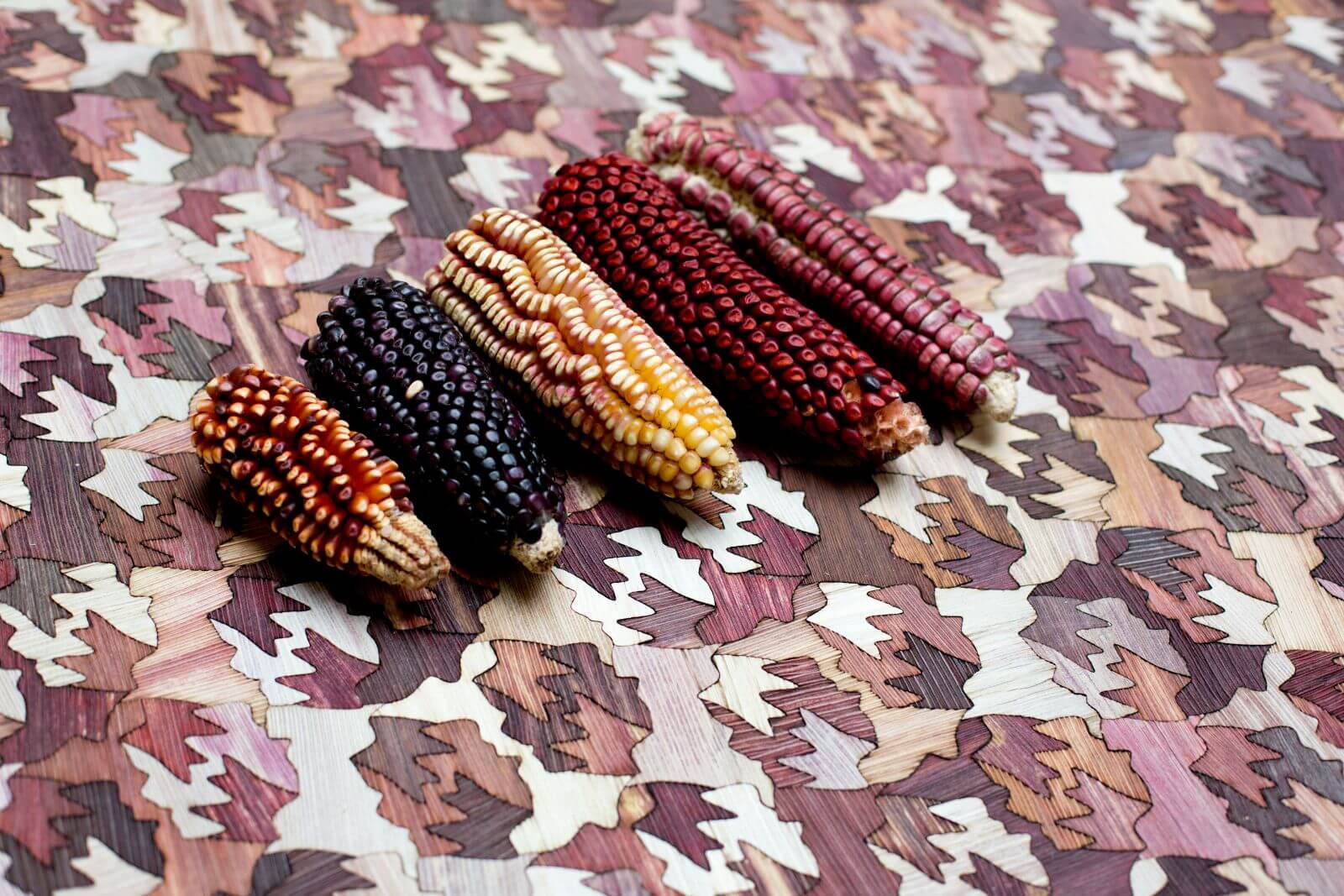
Fernando Laposse, ‘Totomoxtle Legacy Table’, 2019 (detail)
COURTESY: Fernando Laposse
Back in Tonahuixla, he reconnected with the community he was once part of as a child. In the intervening years, however, the land had been completely eroded, and there was no corn or agriculture left at all. He exasperatedly exclaims: “The whole social fabric had been completely torn. No one was there any more.” Then he discovered an old family friend, Delfino, nearing 80 years old, working with other elders from the community on an agave reforestation project to stop erosion. “It was like, wow, I mean, those guys are not doing it for themselves. They’re doing it for the people of my generation.”
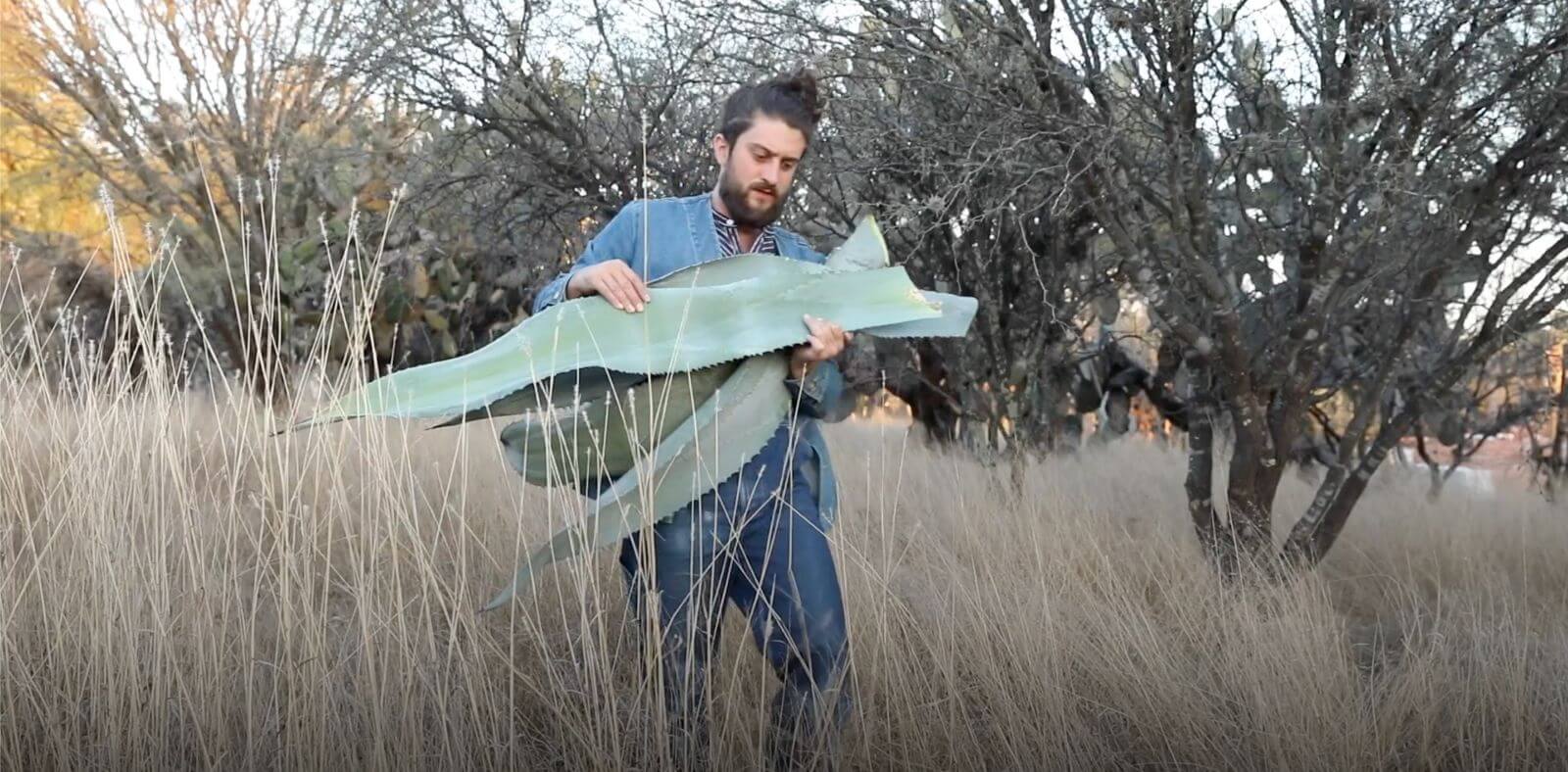
Fernando Laposse in Mexico with the agave
COURTESY: Fernando Laposse & Sarah Myerscough Gallery
Overcome by emotion, Fernando’s first instinct was to dig in and help them with this reforestation project and then consider how he could tie this in to a series of design projects. Their collaborative restorative agricultural efforts led to the further development of ‘Totomoxtile.’ “I think it’s important to know that it wasn’t me going to them saying, ‘We’re going to reforest this mountain, and I’m going to save you.’ It was their project. They started it.”
Their efforts and three to seven years of patience proved to be a fruitful endeavour, allowing Fernando to establish a cooperative, creative practice involving a team of 40 farmers and 12 craftspeople newly trained in the artisan crafts he developed from scratch. Many of these people were ex-migrant workers who had returned from the United States, as well as women in the community who had not historically had jobs of their own.
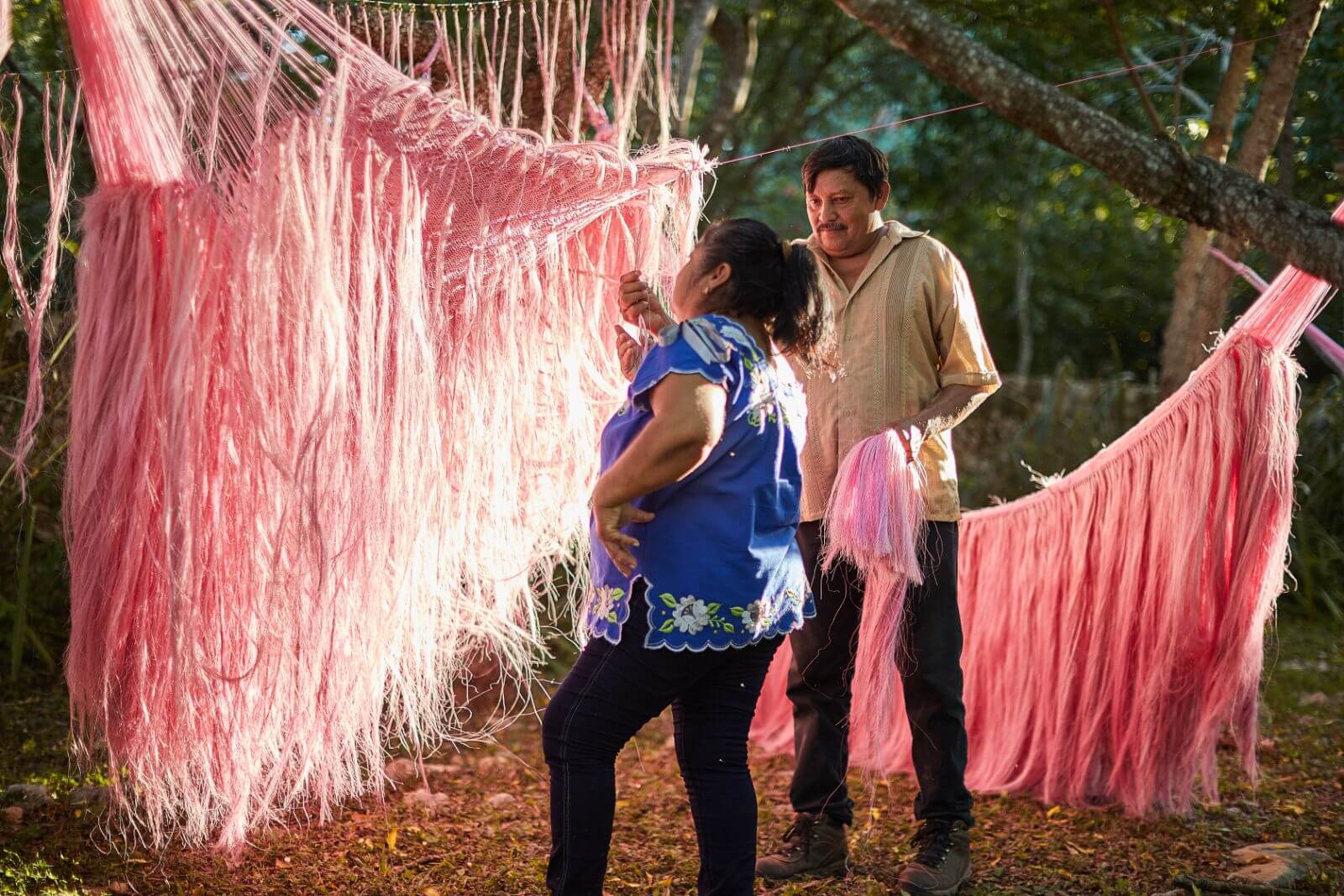
Work in progress on a Fernando Laposse piece
COURTESY: Fernando Laposse / PHOTOGRAPH: Pepe Molina
He tells me a bit more about one of the most significant takeaways of this experience: “Something that is really nice as well about craft and working this way with farmers, with craft people, is that it’s a social levelling mechanism. There is a lot of racism and class differences in places like this. But if you join people from different backgrounds and put them together to do craft, it boils down to hand skills. It doesn’t matter where you come from. I think if we can create more systems as designers and design more objects… that’s a really valuable way of challenging social inequalities.”
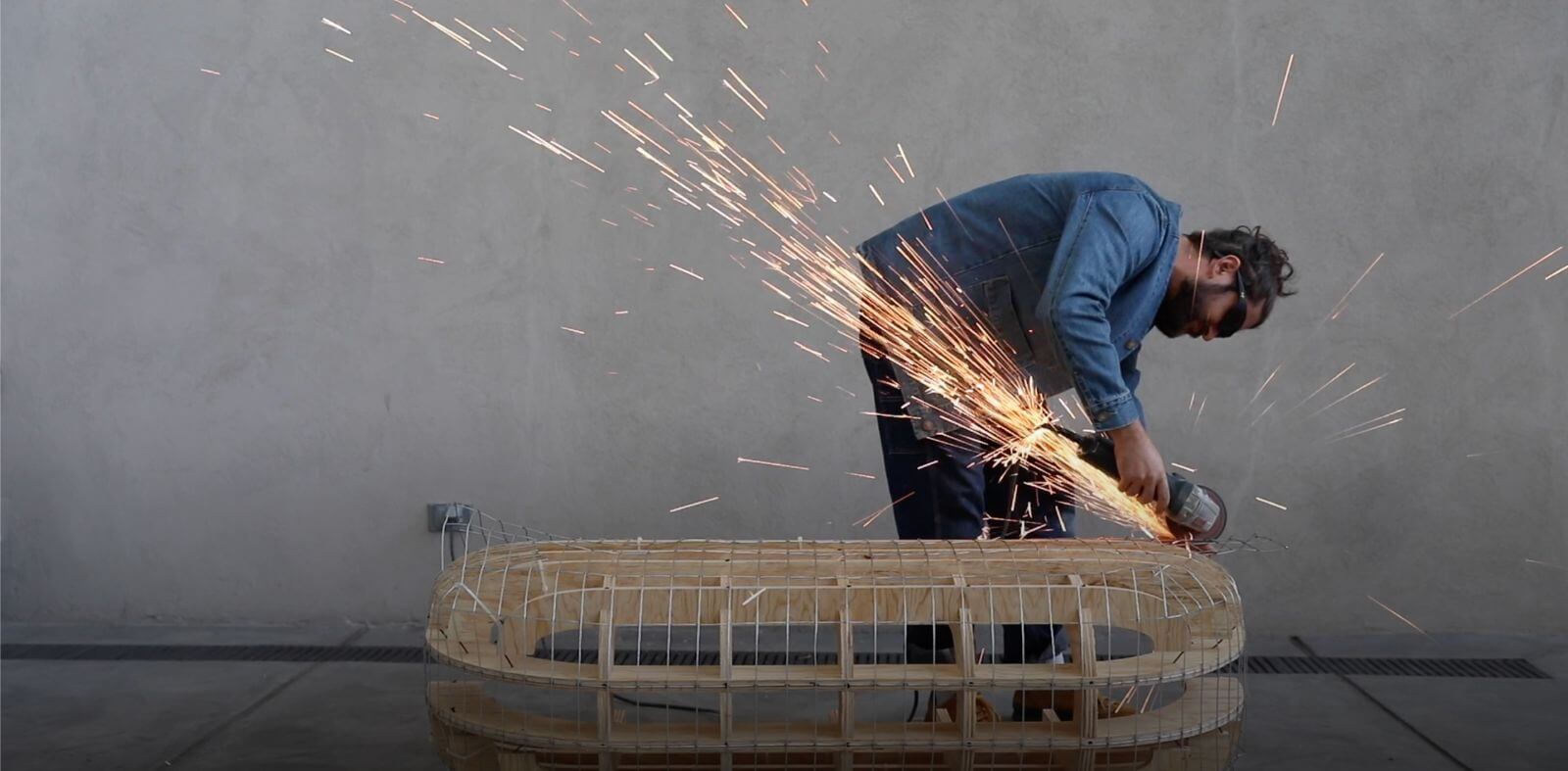
Fernando Laposse making the sisal bench
COURTESY: Fernando Laposse & Sarah Myerscough Gallery
The project aims to arrest land erosion and declining biodiversity by planting 80,000 agave plants over 120 hectares of land, and in so doing bring equity and empowerment to a vulnerable community, creating new employment for more than 50 people.
The generation of bio-materials that lend themselves to functional art pieces coveted by the most reputable international galleries and collectors is a wonderful thing; but I wonder if this type of design practice is scalable. The short answer is no, but the methodology is.
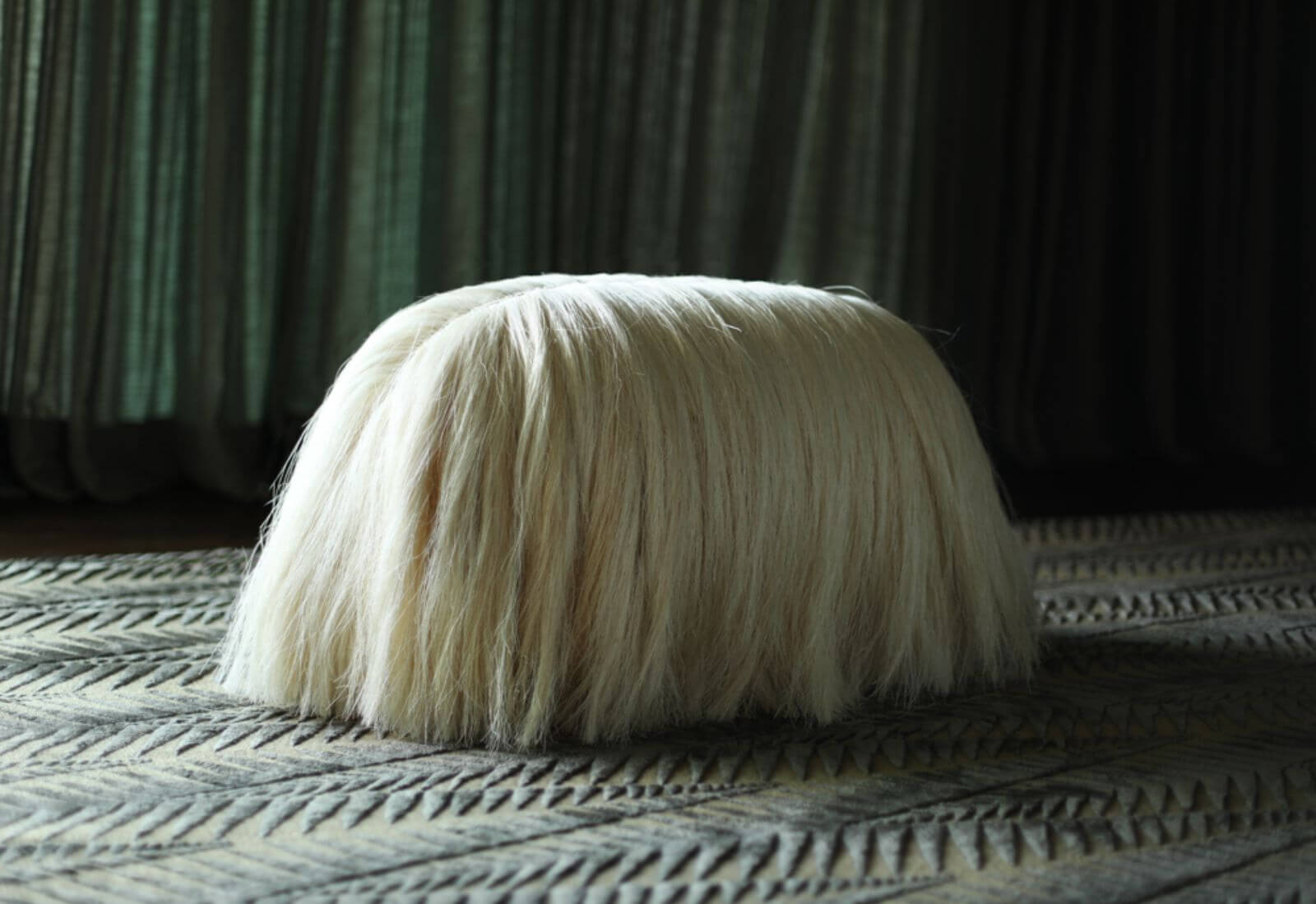
Fernando Laposse, ‘Sisal Pup’, 2021
COURTESY: Fernando Laposse & Sarah Myerscough Gallery
Fernando explains: “If you can get ten [recently graduated designers] to think very radically differently and start projects in the same vein as what we’re doing, that exponentially becomes something that can cause real change. I’m touching maybe 40 or 50 people in this one village. But what if every generation or every class of every university has ten people that touch 50, 60 people?” He explains that scaling projects like this in developing countries comes with a lot of potential corruption, and staying small means that the community remains in control and motivated, seeing the transformation of their land and the reinvigoration of their local economy.
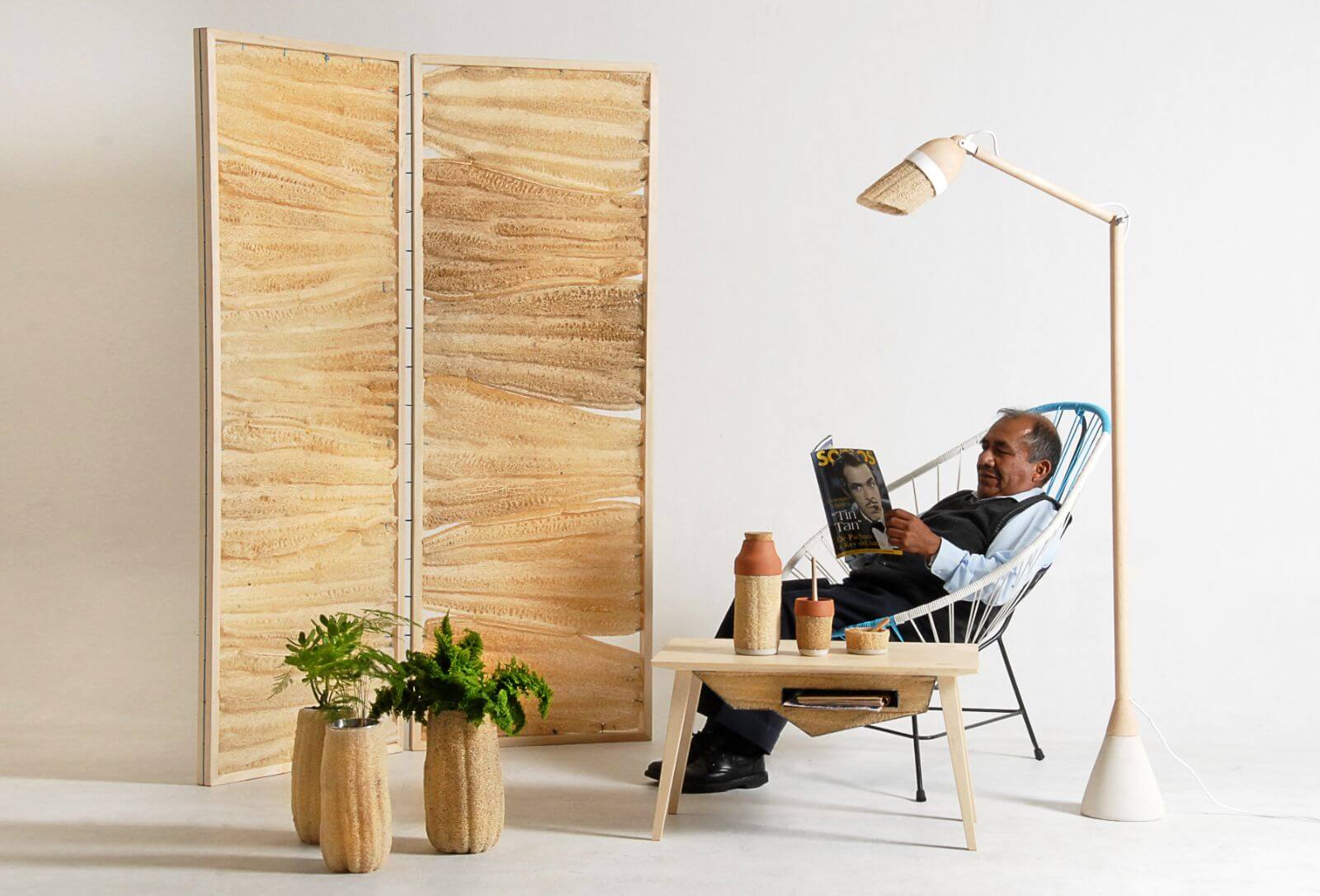
Fernando Laposse, ‘Lufa’ series
COURTESY: Fernando Laposse
In October, Fernando launches two exhibitions: ‘Jungle Furries’ (featuring bold-hued versions of his Sisal Agave-Fiber Beasts, first shown at Design Miami in 2019) has just opened at the Royal Botanic Gardens in Kew, and runs for the whole of October; and Sarah Myerscough Gallery will be showing his work on their stand during PAD London (10th-16th October). When asked about showing his design pieces there he says: “I’m thrilled… it’s a great institution with a primary goal to inform people about the importance of plants. What better venue than that?”
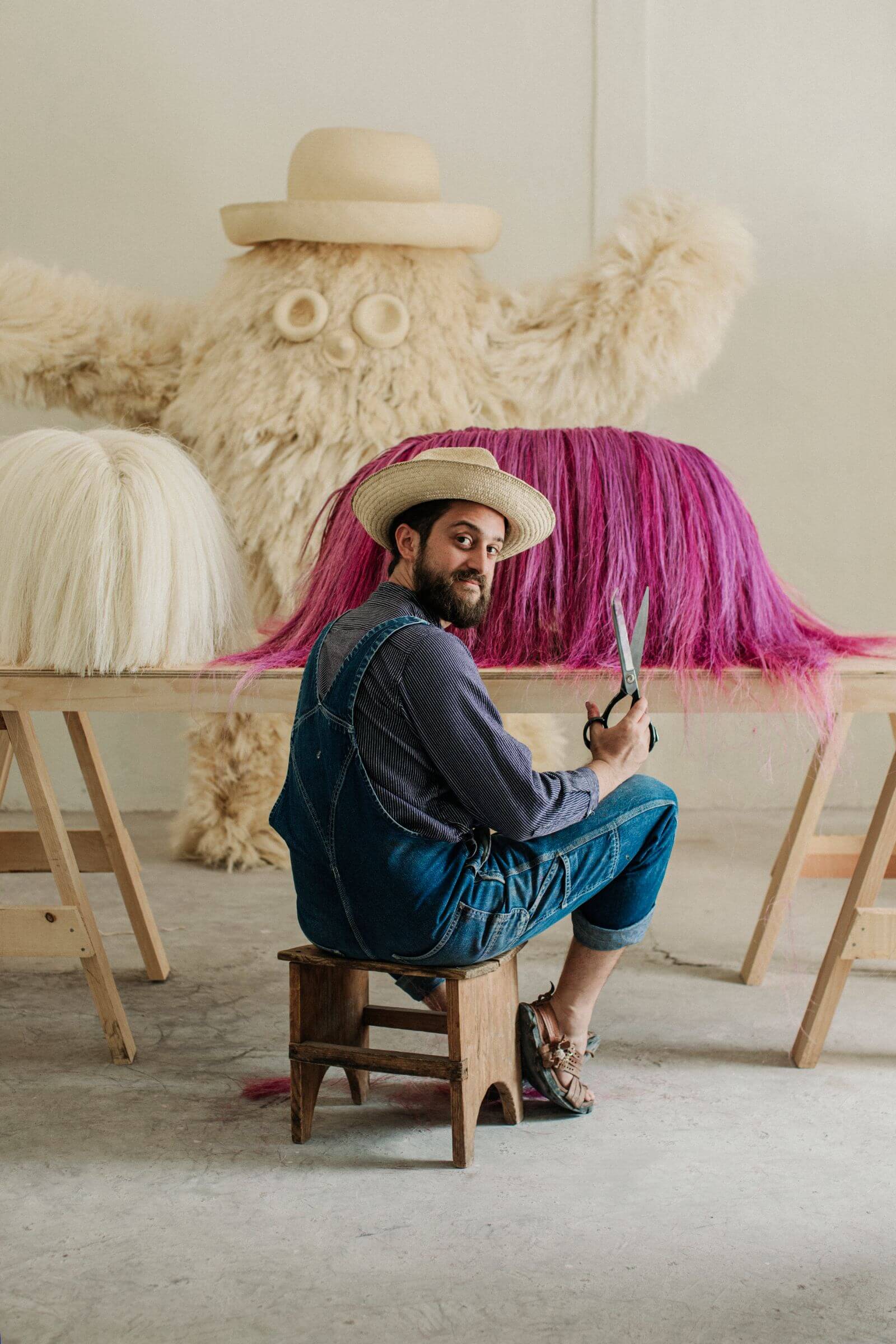
Fernando Laposse
COURTESY: Fernando Laposse / PHOTOGRAPH: Pepe Molina
Fernando Laposse at Sarah Myerscough Gallery, London and PAD London.
Fernando Laposse at Kew Gardens, 1st-31st October 2022.




